Glacier Bay National Park is located in corner of southwestern Alaska. The park covers an area of 5,037 square miles (13,044 sq km). The majority of the park, 4,328 square miles (11,210 sq km) has been declared wilderness area
Although it is only accessible by plane or boat, it receives approximately 500,000 visitors annually giving testimony to the astounding wilderness landscapes and environmental solitudes it offers to those who venture into this pristine paradise.
Glacier Bay neighbors up to Wrangell-St. Elias National Park and Kluane National Park in Canada creating one of the most serene protected areas in North America. It is the epitome of wilderness and is recognized as Biosphere Reserve and UNESCO World Heritage Site.
The park is renowned from stunning glaciers, towering mountains, rugged majestic coastlines, incredible rainforests, and striking fjords. Wildlife from both the sea and on land enhance this wilderness experience.
Four separate mountain rangers traverse the park and serve as the foundation for over 100 glaciers. Glaciers and their subsequent landscapes are the pinnacle attraction of the park. Four of the glaciers are actively calving and delivering icebergs into the bay. There are seven tidewater glaciers which include:
- Gilman Glacier
- Grand Pacific Glacier
- Johns Hopkins Glacier
- Lamplugh Glacier
- LaPerouse Glacier
- Margerie Glacier
- McBride Glacier
High tide-water glaciers include:
- Lituya Glacier
- North Crillon Glacier
- Reid Glacier
- Riggs Glacier
Calving glaciers are one of the natural phenomenons of the park. Blocks of ice reaching heights of 200 feet (60.9 m) crash into the blistering cold waters below. The local Tinglet natives refer to the pounding noise of the glaciers as “white thunder.”
Mount Fairweather with a summit of 15,300 feet (4,700 m) is the highest point in the park. The park features four different distinct ecosystems which include alpine tundra, coastal forest, glaciers and icefields, and wet tundra. Where much of the park is glacial and alpine tundra, the coastal regions can be thick with vegetation.
Wildlife is part of this wilderness haven. Many travelers visiting the park hope to see some of the amazing wildlife that is prevalent throughout the area. Some of the most hopeful sightings include brown bear, black bear, caribou, coyote, timber wolf, mountain goat, lynx, and moose.
Smaller fauna includes fox, marmot, beaver, otter, mink, and wolverine. The majestic bald eagle and the incredibly powerful golden eagle are both present.
Marine species that are found in the waters of Glacier Bay include humpback whale, minke whale, white-sided dolphin, sea lion, harbor seal, sea otters, and the most exciting orca or killer whales.
White-water rafter starts in the Yukon Territory and completes the journey at Dry Bay Ranger Station her in Glacier Bay. This journey usually takes six days to complete and also passes through Kluane National Park.
The majority of people visit the park as part of a cruise ship excursion with Glacier Bay as part of the renowned, Alaska’s Inside Passage. The majority of these people experience the park using smaller tour boats to get closer views of the glaciers and shorelines.
For those who are more adventurous, some of the activities that are available to engage the wilderness include fishing, hiking, kayaking, mountaineering, and rafting. Halibut and rainbow trout are the most popular pursuits of fishermen.
The park is also home to two different Tlingit ancestral homelands that reflect the cultural and even spiritual importance of the park as well.
Photos
Things to See
Glacier Bay National Park Trails
The majority of Glacier Bay is admired and experienced from smaller watercraft tours. The more adventurous may go mountaineering into the park, but this is not really on marked trails. Bartlett Cove has the only three maintained trails in the park.
Sources
- Alaska, Glacier Bay National Park, https://www.alaska.org/destination/glacier-bay-national-park, retrieved June 2020
- Britannica, Glacier Bay National Park, https://www.britannica.com/place/Glacier-Bay-National-Park-and-Preserve, retrieved June 2020.
- National Geographic, Complete National Parks of the United States, National Geographic Publishing, Washington DC.
- National Geographic, Guide to the National Parks of the United States, National Geographic Society, 2003.
- National Geographic, National Parks of North America, Canada-United States-Mexico, National Geographic Society, 1995.
- National Park Service, Glacier Bay, https://www.nps.gov/glba/index.htm, retrieved June 2020.
- Off the Beaten Path, Alaska’s Glacier Bay National Park: Watching a World Rebuild, https://www.offthebeatenpath.com/alaskas-glacier-bay-national-park-watching-a-world-rebuild/, retrieved June 2020.
- Travel Alaska, Glacier Bay National Park and Preserve, https://www.travelalaska.com/Destinations/Parks-and-Public-Lands/Glacier-Bay-National-Park-and-Preserve.aspx, retrieved June 2020.
- UNESCO, Kluane / Wrangell-St. Elias / Glacier Bay / Tatshenshini-Alsek, https://whc.unesco.org/en/list/72/, retrieved June 2020.
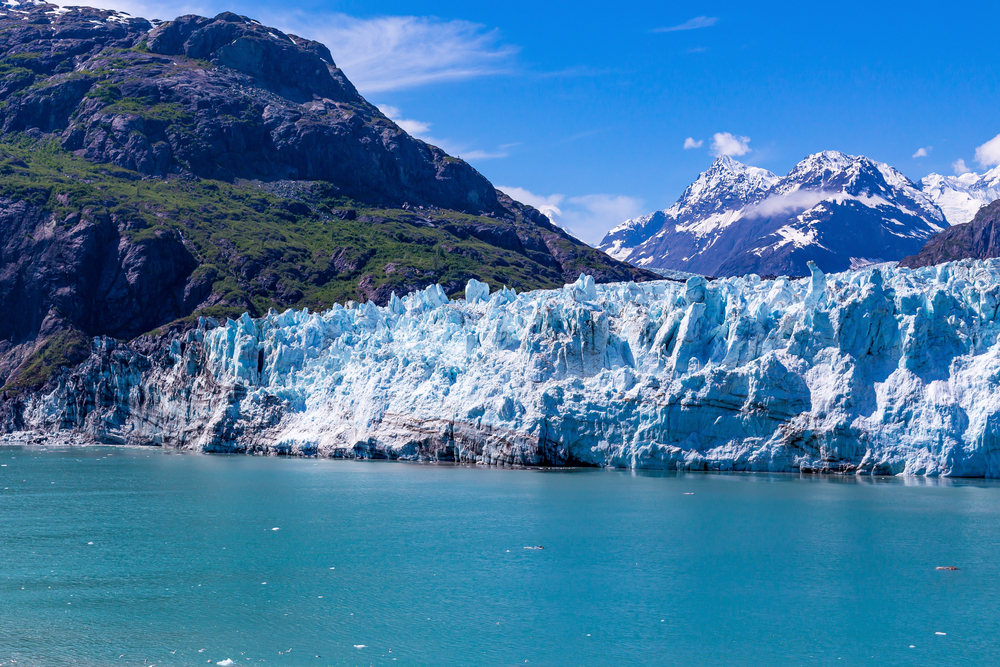


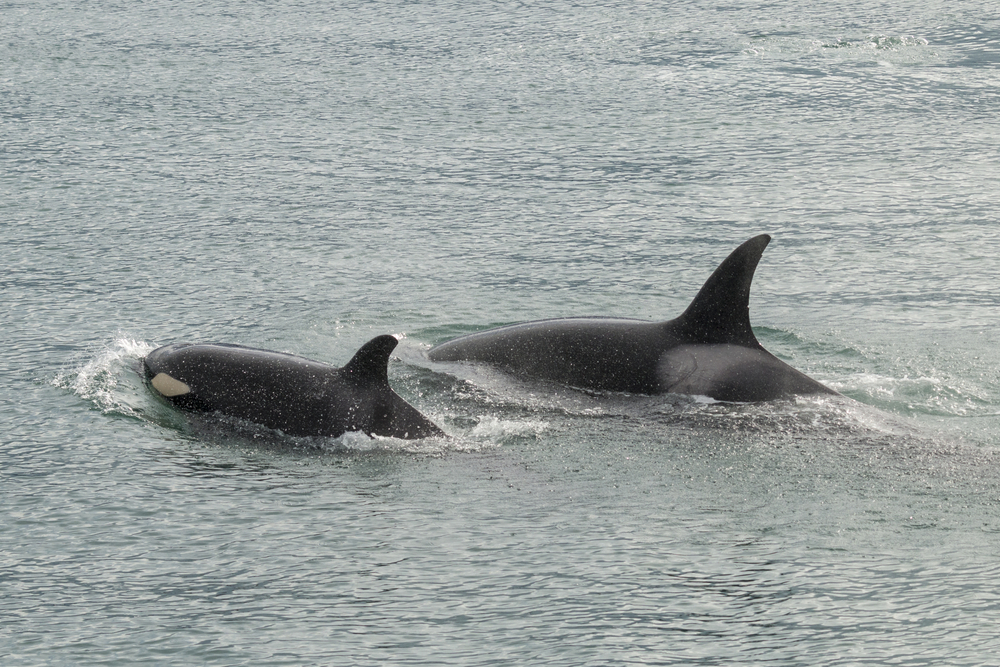
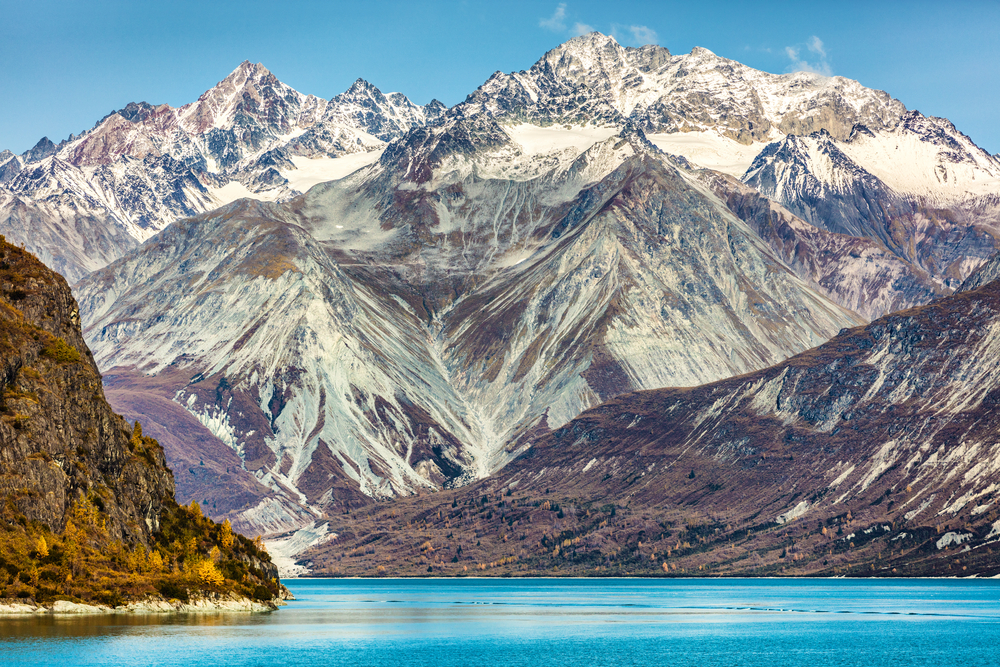
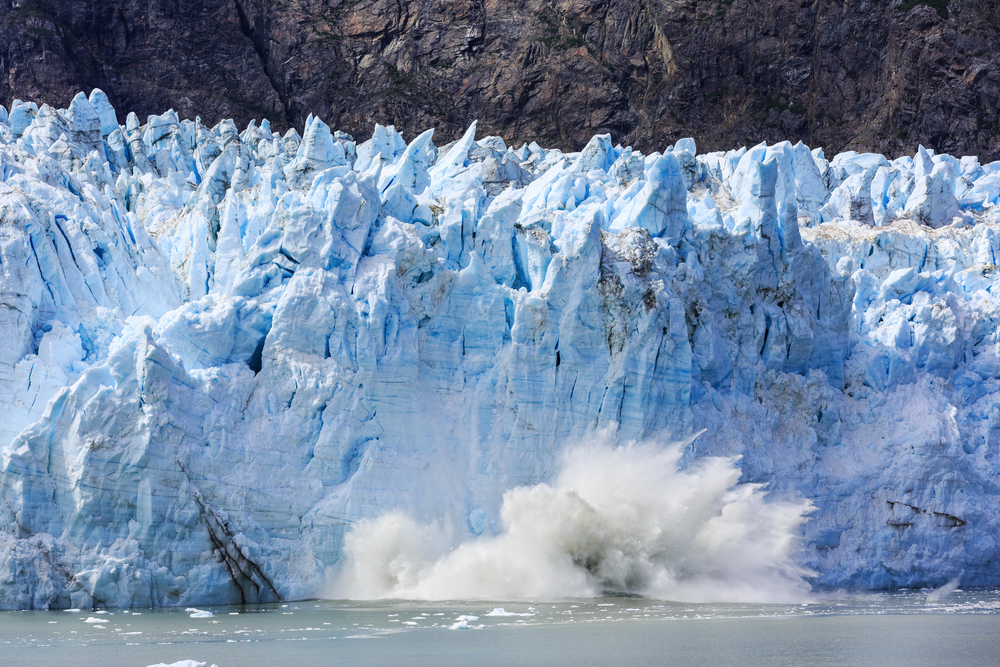
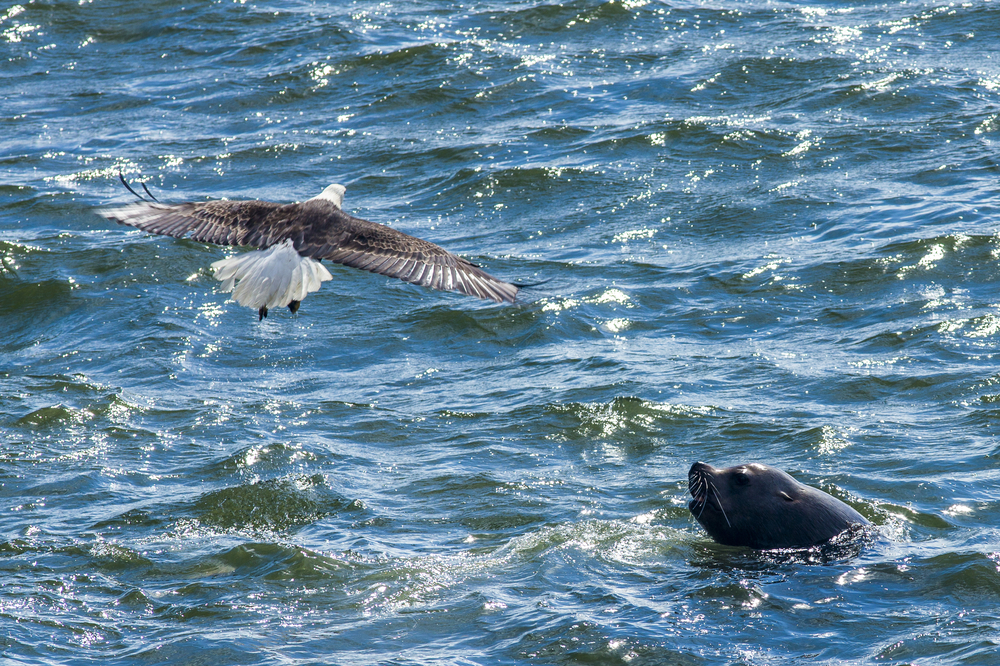
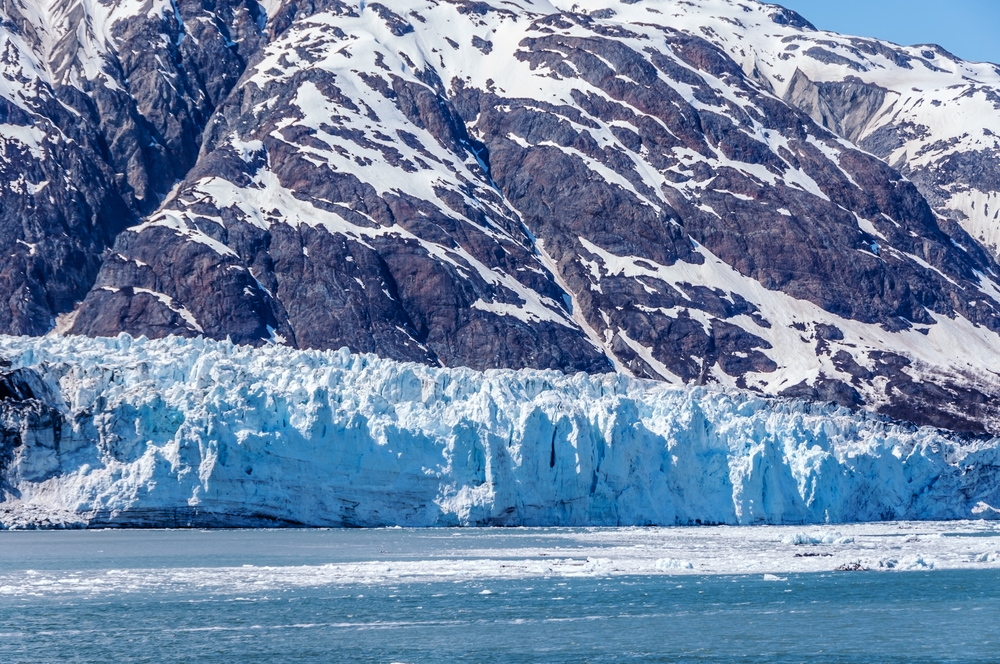

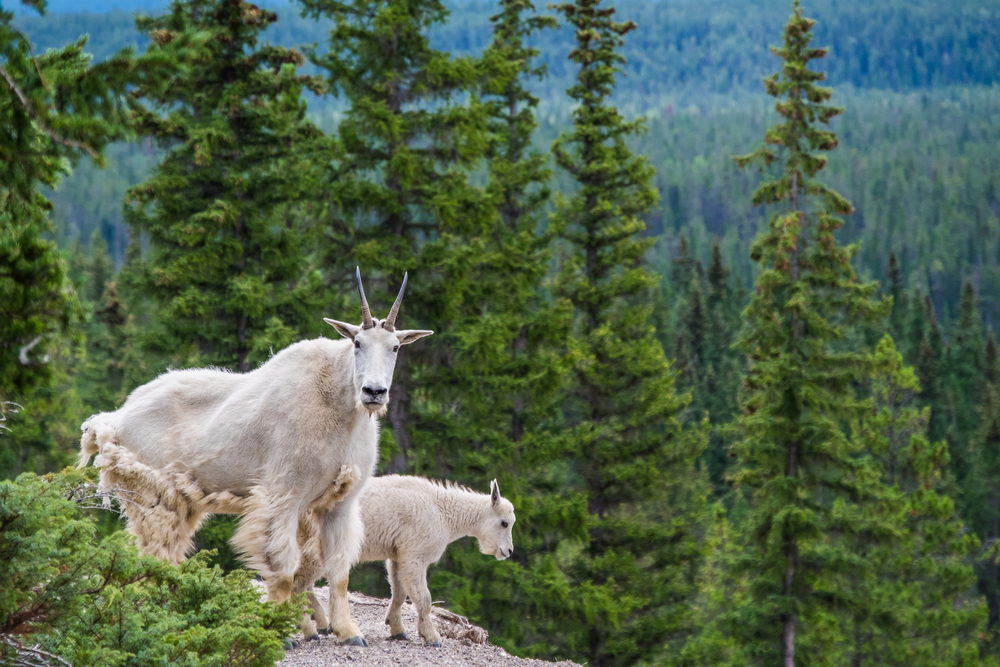
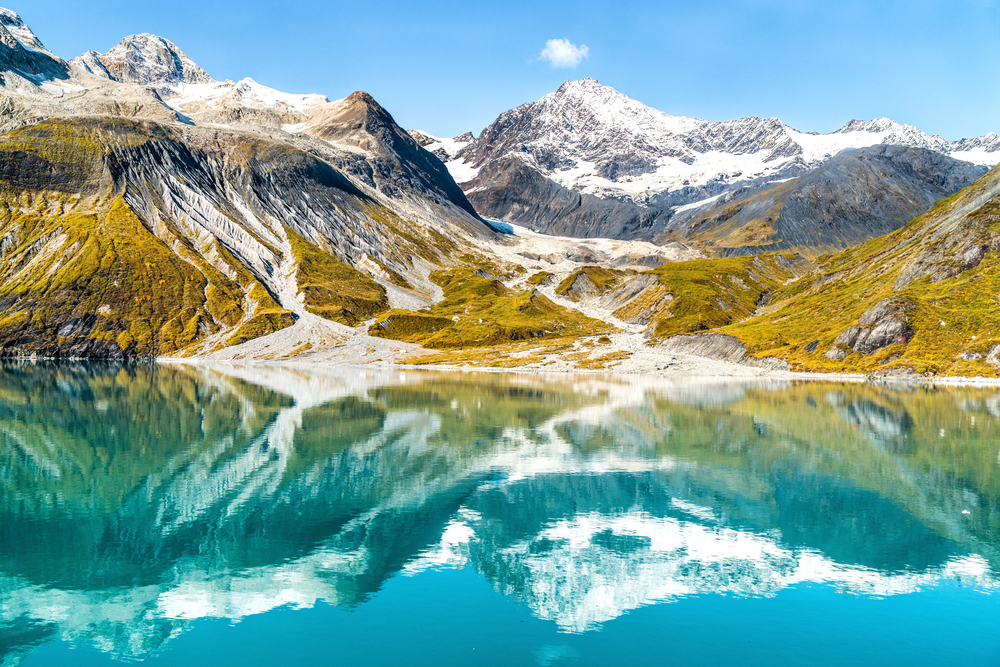
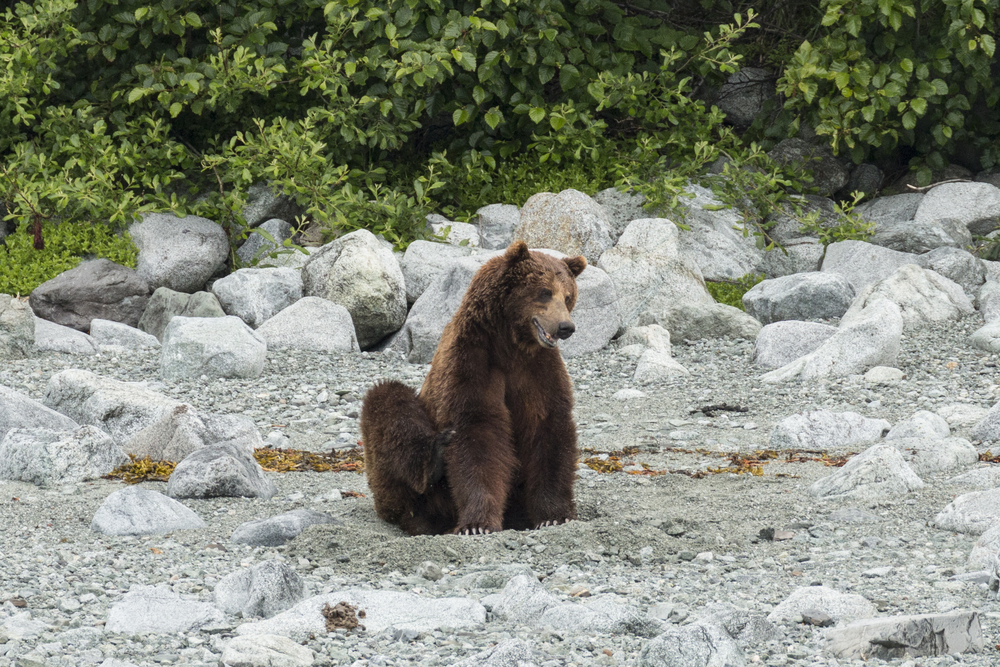

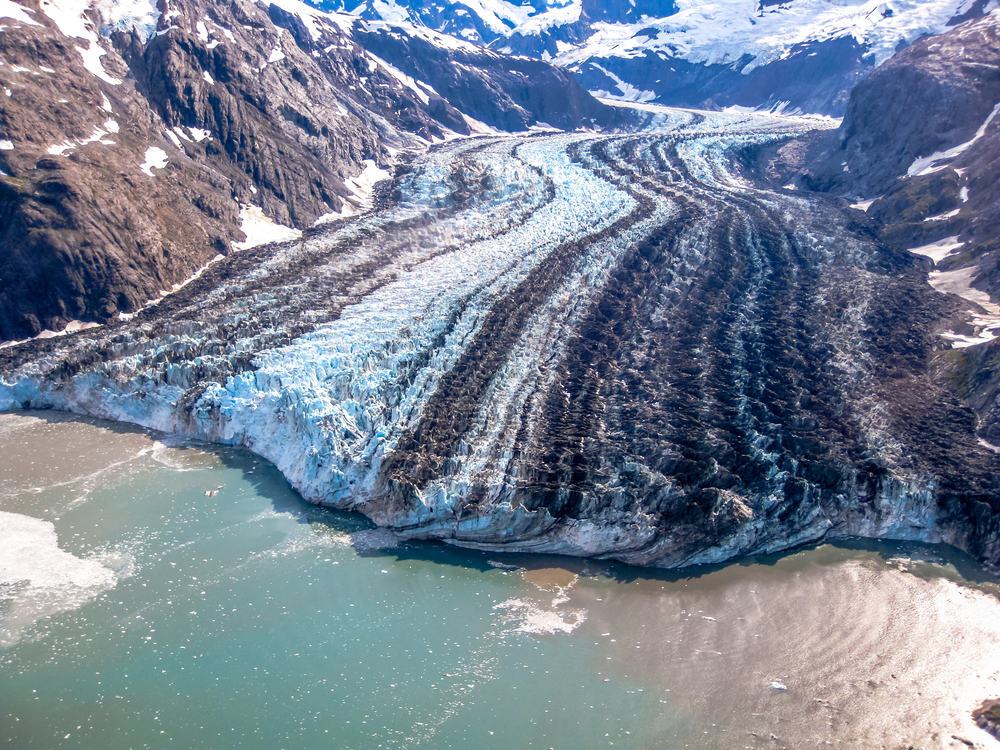
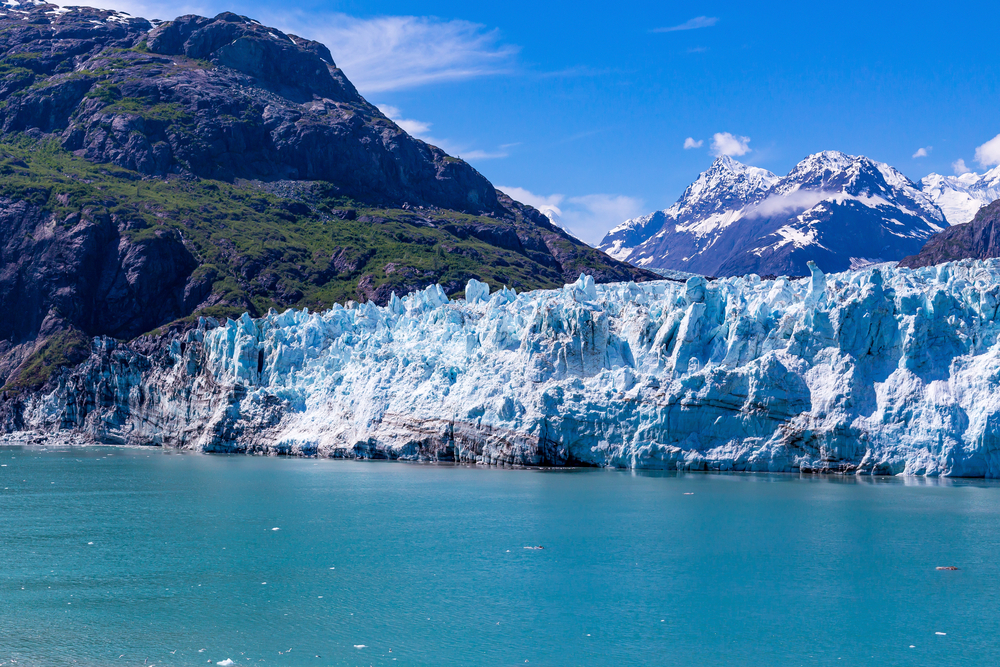
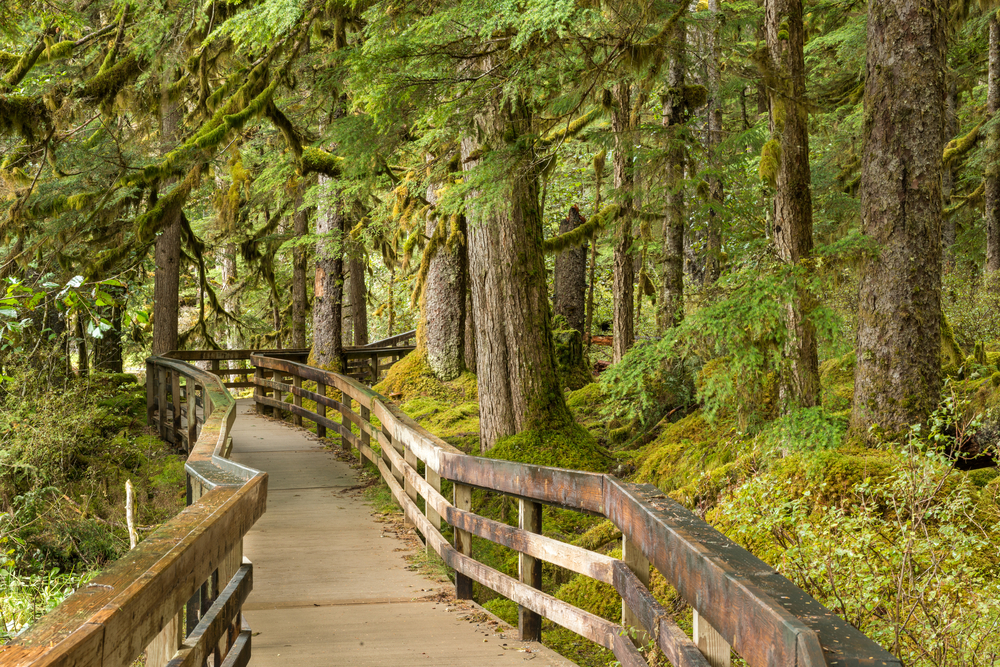
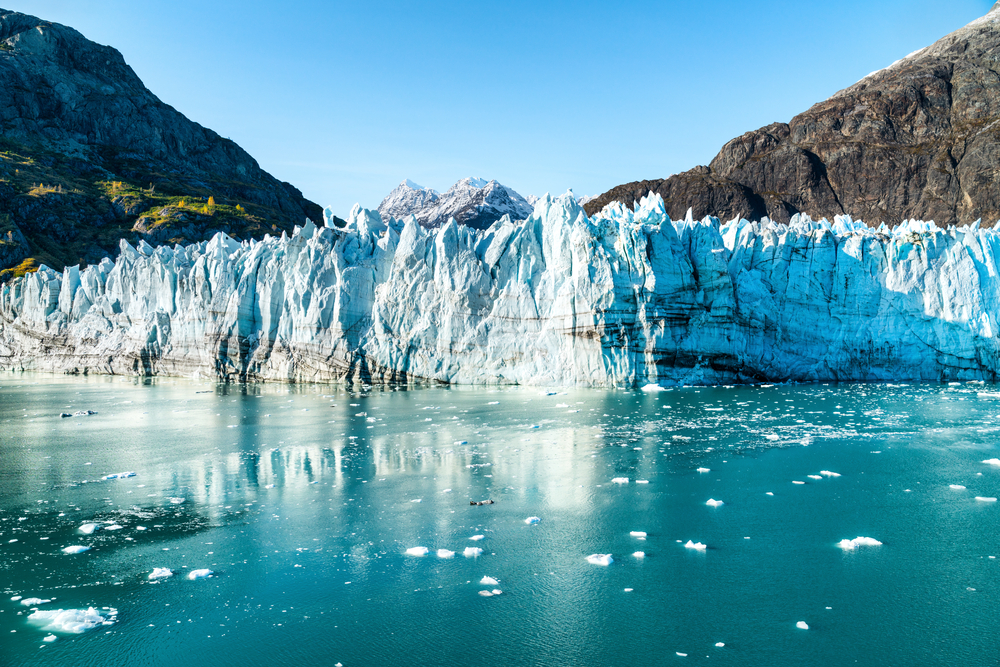
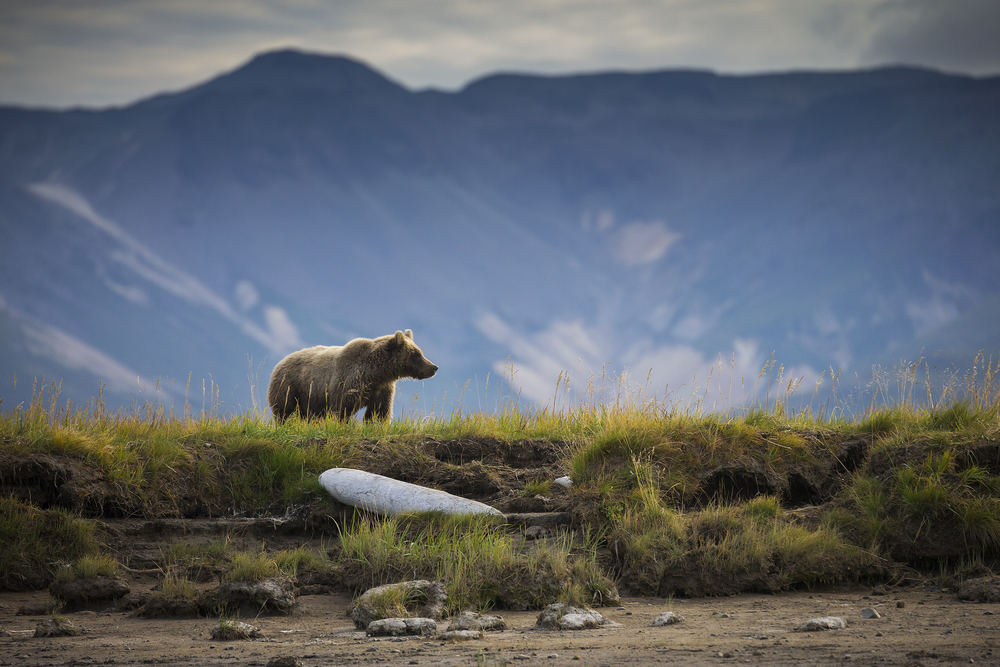
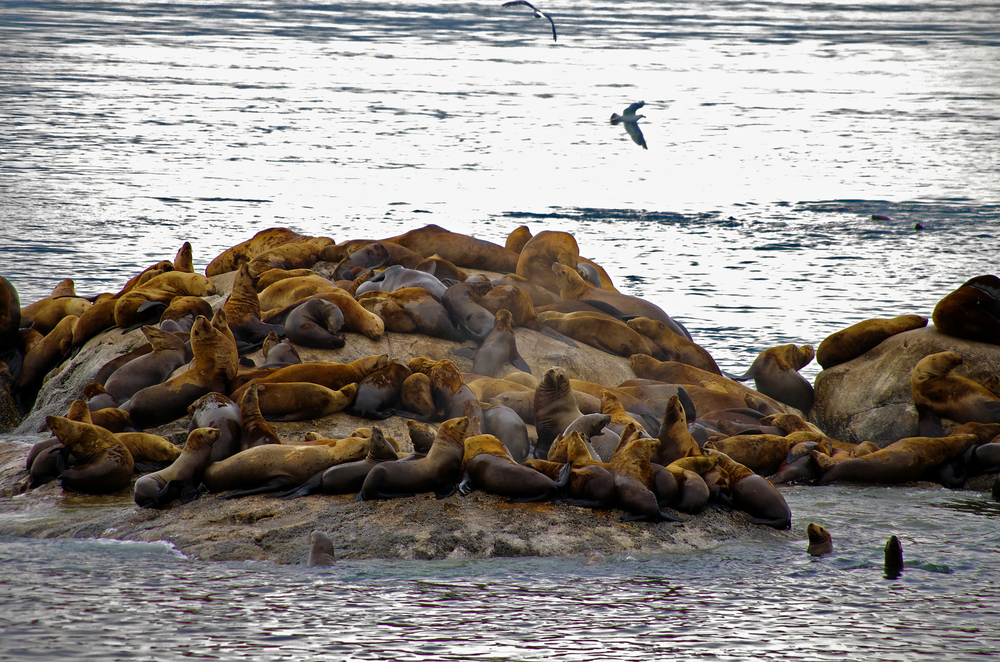
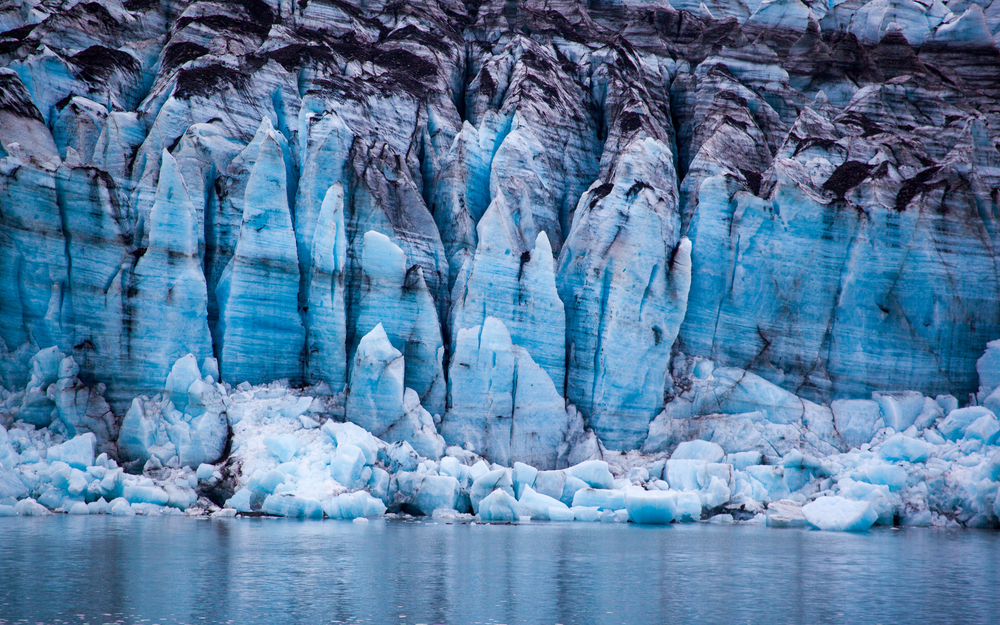
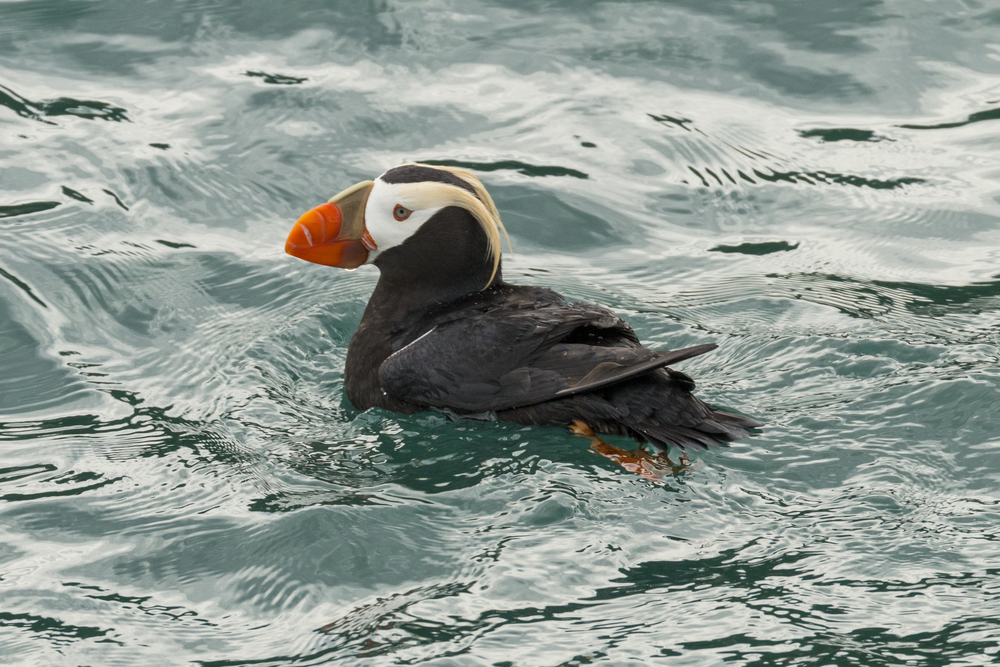
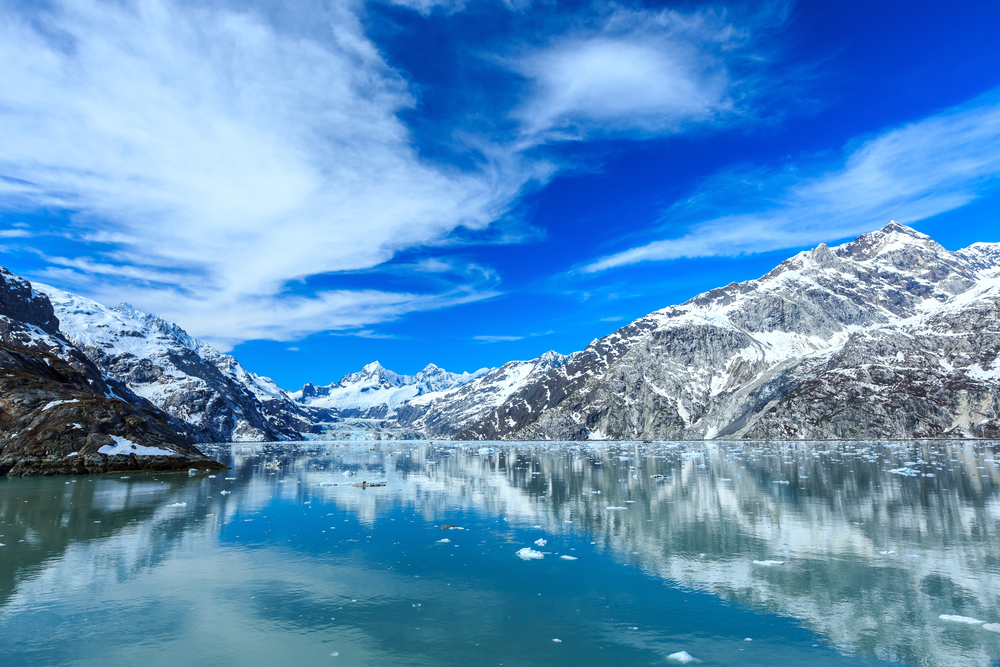
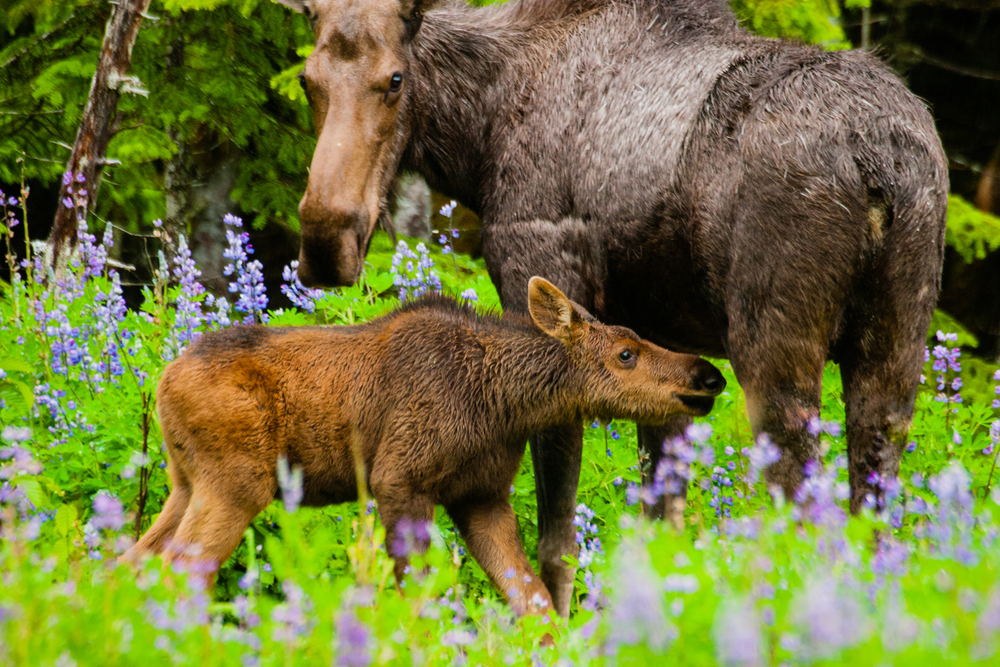
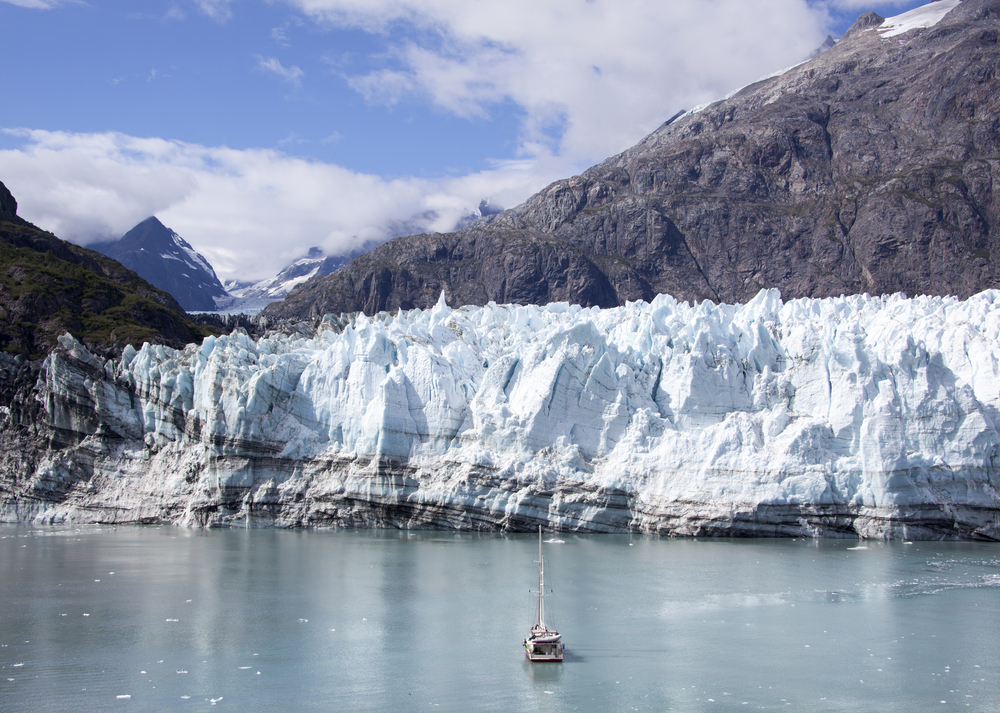
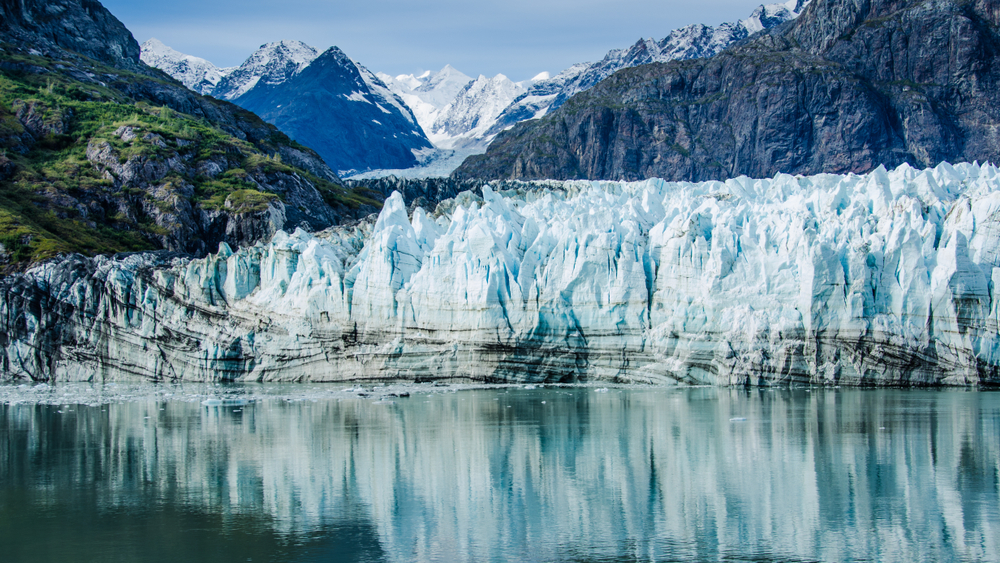
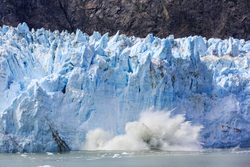 Calving Glaciers
Calving Glaciers Wildlife Sightings
Wildlife Sightings